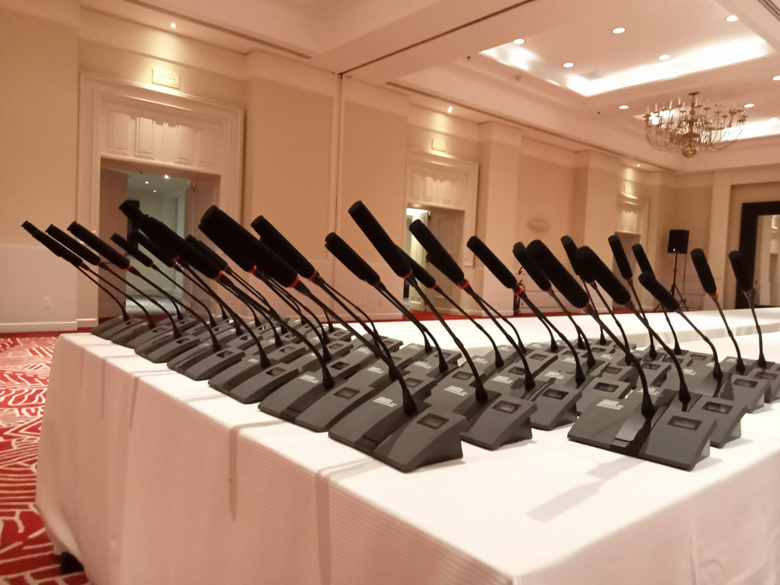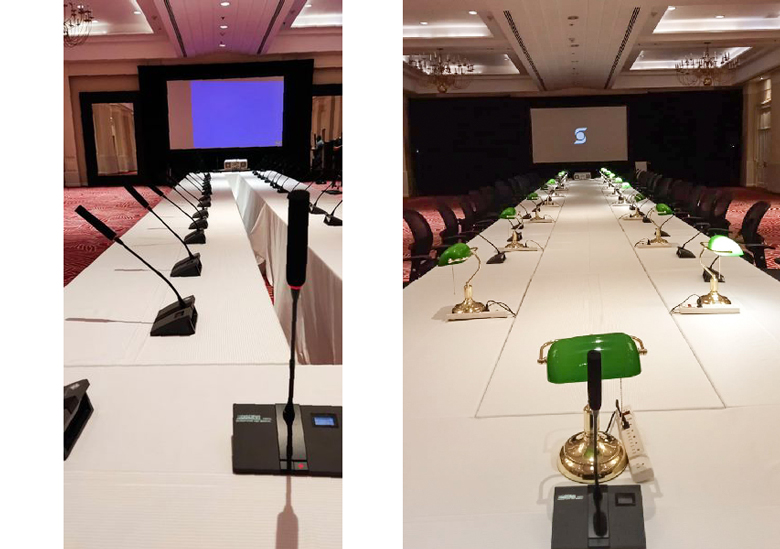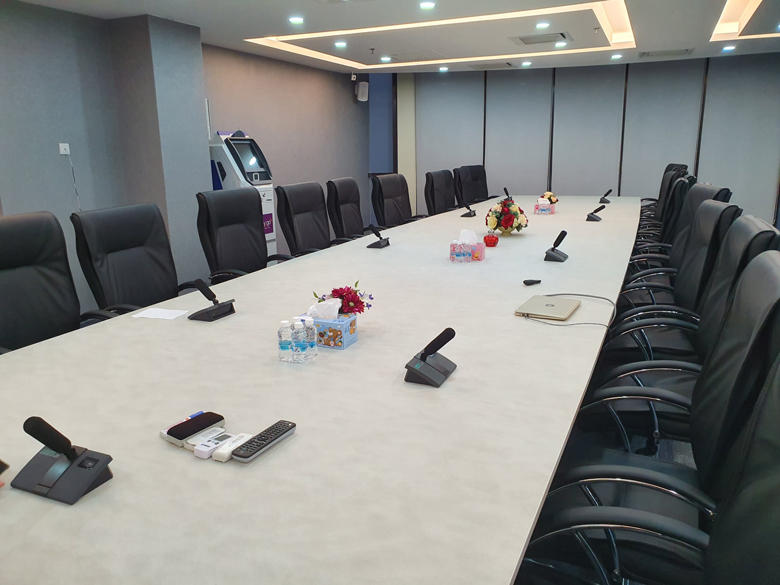
Wireless Conference System has gradually come into the public view. From national summits to ordinary office meetings, more and more companies are purchasing wireless conference system. Here, we have compiled a beginner's guide for buying wireless conference system.
The conference system wireless should enhance the clarity of the sound and avoid causing listening fatigue to the participants. To achieve this, the system should produce natural sound at a comfortable volume. Make sure to compare different systems before making a decision, preferably side by side. Listening to poor-quality or unnatural sound systems can make participants feel irritated, defeating the initial purpose of the system.

Obviously, wireless means the use of battery power. Ensure the conference system's battery can provide continuous power during meetings, ideally for more than one meeting. It is important to note that batteries using older technology (e.g., Ni-Cd) are affected by the "memory effect" and will deplete faster over time. Therefore, it's best to choose lithium-ion (Li-ion) batteries: they are minimally or not at all affected by the "memory effect" and can be charged before fully discharging.
There are two main technologies for wireless conferencing: Radio Frequency (RF) and Infrared (IR) like ir wireless microphone. Choose the most suitable one (or both) based on the system usage. We will introduce the main differences between these two in another blog post.

In most cases, RF-based systems can provide maximum flexibility. However, from an IT management perspective, it is crucial to understand how a new system integrates with the existing (wireless) infrastructure.
Look for a system that offers numerous channels within the 2.4GHz and 5GHz frequency ranges to aid in channel planning. This way, meetings can proceed smoothly without limiting the use of the WLAN.
Check what tools and digital conference solution are available to monitor the system without interrupting the meeting.
Ask Yourself the Following Questions
Can I view the system's frequency?
Can I switch to another frequency during the meeting without drawing attention?
Can I see the status of each battery during the meeting?
Can I remotely turn off an accidentally activated microphone?
The wireless conference system should at least have access points or base stations and wireless delegate units. However, some systems may also require additional central units and software for control. Make sure you know the complete configuration required. A proper complete configuration can avoid unnecessary budget costs.

Take time to understand the limitations of the system. Knowing what the system can do will help you focus on the key points. But consider the limitations from a different angle, as they might reveal unexpected issues. If your needs change, or if you overlooked important aspects of the initial requirements list, considering the system's limitations can help avoid trouble.
While it is easy to overlook, it is crucial to remember that the system is an electronic product, and it may fail. When a failure occurs, ensure you can get reliable support from the supplier.